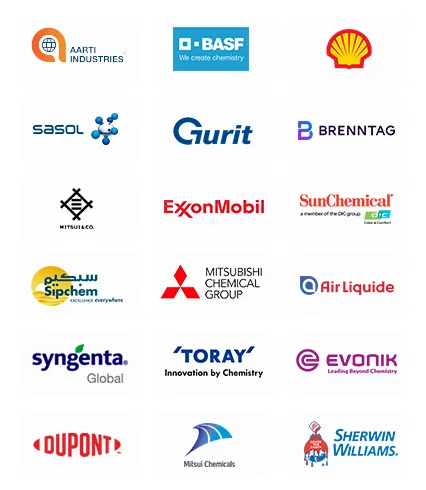Insulation Market Future Outlook
The insulation market was valued at USD 87.0 billion in 2024, and it is expected to advance at a CAGR of 5.5% during 2025–2032, reaching USD 133.1 billion by 2032.
This growth can be primarily ascribed to the rising usage of recycled materials to produce insulating materials and increasing awareness concerning energy conservation. Other factors contributing to the market's growth are the high demand for acoustic and thermal insulation and increasing investments across the construction sector. There is consistent growth in the insulation market that is related to the demand for energy efficiency, sustainability, and regulatory compliance in construction and industrial applications. Growing awareness of energy conservation, and compliance with stricter building codes in different countries, has been a factor in using higher-performance insulation materials. The global push to reduce carbon footprints, and increase thermal efficiency in residential, commercial, and industrial buildings is driving the market expansion.
According to UNIDO, Insulation is the most effective method of conserving energy at home. It is estimated that an average three-bedroom semi-detached home can enjoy bill savings by as much as US $400 per annum.
Aircraft insulation is achieved to enhance the comfort level and safety inside the aircraft. It has an important role in the protection of passengers and crew against extremely low temperatures at higher altitudes It also provides shielding against engine noise and the aircraft insulation is used to improve anti-vibration, acoustic, thermal protection, fire-resistance, and electrical insulation properties.





